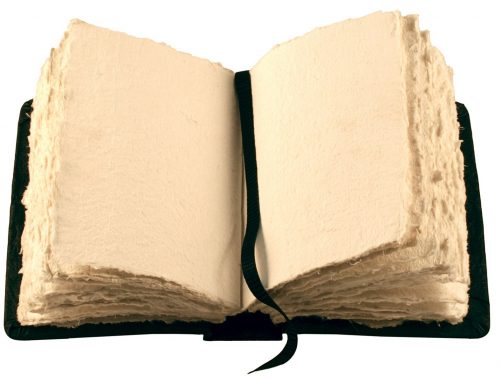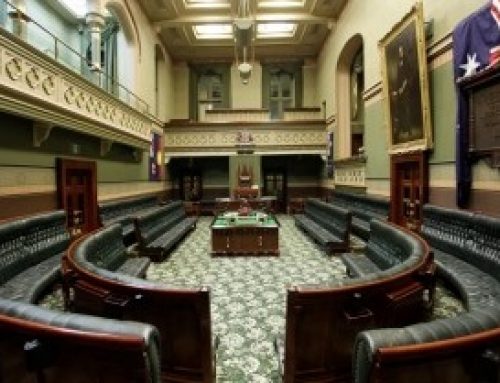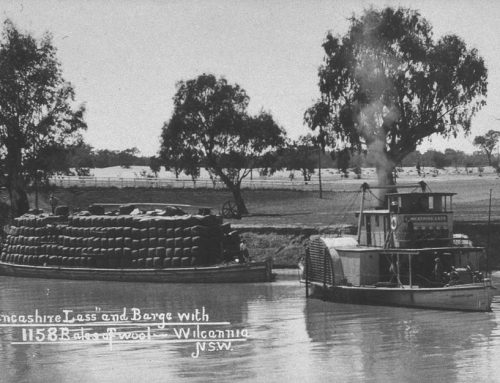If you have ever sat within the sandstone ediface that is the Mitchell Library in Sydney you know what a sublime environment it is for a writer. Long wooden tables surrounded by upholstered leather tub chairs entice the visitor inwards. We sit beneath stain glass windows amidst muffled whispering surrounded by reference shelves of aging books and rows of card catalogues, some still not accessible online. I can smell books, hear pages being turned. Occassionally a side door opens and a librarian appears from the bowels of the building. In their hands they carry an aged manuscript, a map or the only copy of a historical work that exists in Australia. Being there, sitting there in this place that is the custodian of the letters, diaries and manuscripts of some of Australia’s greatest novelists I feel very priviledged. A month or so ago, a contributor to a national newspaper stated that they didn’t want our culture to be reduced to a microchip, my visit to the Mitchell Library reaffirmed my belief that it will be some time yet, if ever, that this happens. Every country, every culture has its own ways of storing the past, whether it be through paintings, the tradition of oral storytelling or the written word. The electronic age has succeeded in both preserving forever and increasing the accessibilty of many cultures to billions of people, but like many great structures it sits apon a globally entwined foundation of tangibles, the Mitchell Library is one.






Leave A Comment